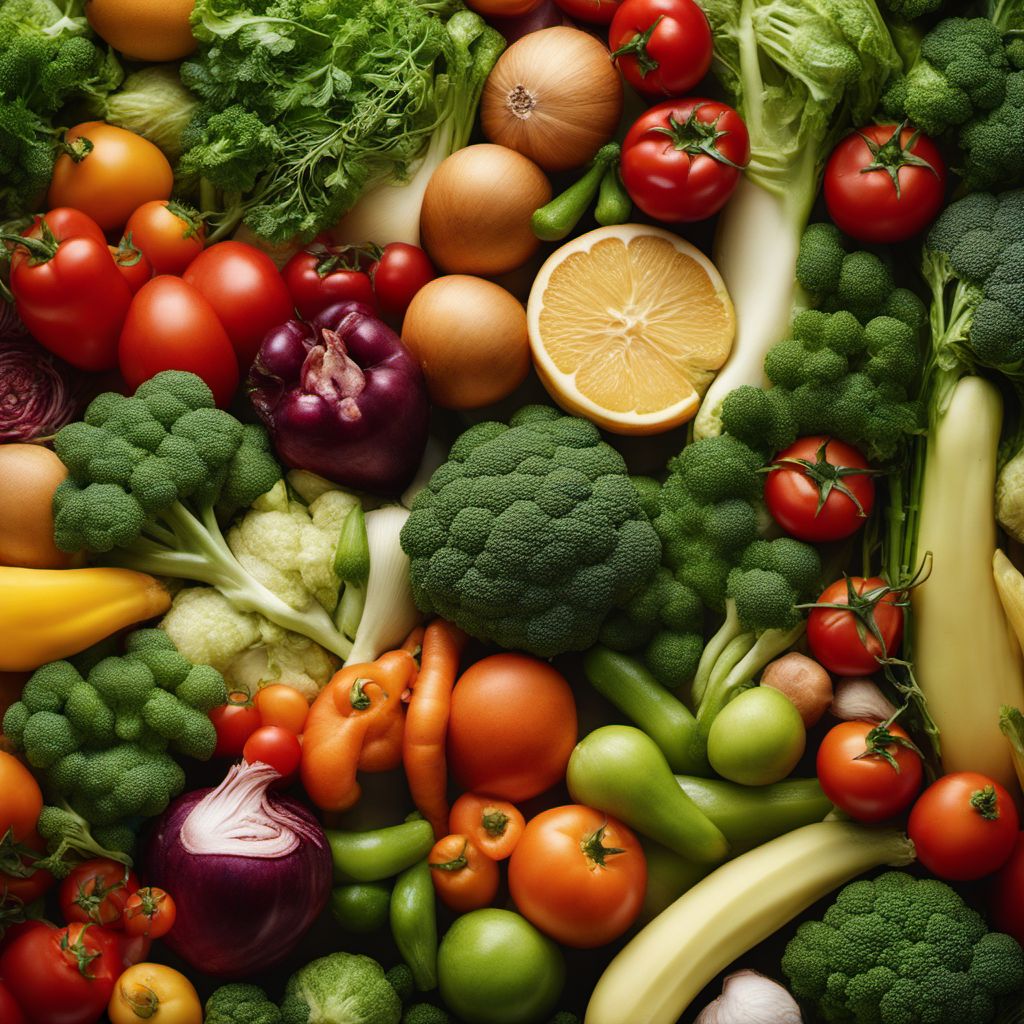
Ingredient
Other Stem vegetables
"The Unsung Heroes: Exploring the World of Stem Vegetables"
Stem vegetables are characterized by their edible stems or stalks, which are the main focus of their culinary use. These vegetables come in various shapes, sizes, and colors, but they all share a common characteristic of having a firm and fibrous texture. The taste of stem vegetables can range from mild and slightly sweet to earthy and bitter, depending on the specific variety. Their appearance can vary greatly, with some vegetables having thick and sturdy stems, while others have slender and delicate stalks. Overall, stem vegetables provide a refreshing crunch and a satisfying chewiness to dishes, making them a versatile ingredient in both raw and cooked preparations.
Origins and history
Stem vegetables have been cultivated and consumed by various cultures throughout history. Asparagus, for example, has a long history dating back to ancient Egypt and Greece, where it was highly prized for its delicate flavor and medicinal properties. Broccoli, another popular stem vegetable, originated in the Mediterranean region and has been enjoyed for centuries. Stem vegetables have also played a significant role in Asian cuisines, with vegetables like bok choy and Chinese broccoli being staples in Chinese, Japanese, and Korean cooking.
Nutritional information
Stem vegetables are low in calories and rich in essential nutrients. They are a good source of dietary fiber, vitamins A, C, and K, as well as minerals like potassium and folate. These vegetables also contain antioxidants that help protect the body against oxidative stress and inflammation.
Allergens
There are no known allergens associated with stem vegetables.
How to select
When selecting stem vegetables, look for firm and crisp stalks with vibrant colors. Avoid vegetables with wilted or discolored stems, as this may indicate a loss of freshness. The stems should feel sturdy and not bend easily. For vegetables like asparagus, choose stalks with tightly closed tips. Additionally, opt for organically grown stem vegetables whenever possible to minimize exposure to pesticides.
Storage recommendations
To maintain the freshness of stem vegetables, remove any rubber bands or ties and store them in the refrigerator. Wrap the stems loosely in a damp paper towel or place them in a perforated plastic bag to retain moisture. Most stem vegetables can be stored for up to a week, but it's best to consume them as soon as possible for optimal flavor and texture.
How to produce
Stem vegetables can be grown in home gardens or containers, depending on the specific variety. Most stem vegetables require well-drained soil and ample sunlight. Asparagus, for example, can be grown from crowns or seeds and requires a few years to establish before harvesting. Other stem vegetables, such as celery and fennel, can be grown from seeds and harvested when the stalks reach the desired size.
Preparation tips
Stem vegetables can be prepared in various ways depending on the specific vegetable. Asparagus can be blanched, grilled, roasted, or sautéed to bring out its natural sweetness. Broccoli stems can be peeled and sliced for stir-fries or used in soups and stews. Celery and fennel can be enjoyed raw in salads or used as aromatic ingredients in stocks and sauces. Experiment with different cooking techniques to discover the best way to highlight the unique flavors and textures of each stem vegetable.
Culinary uses
Stem vegetables are incredibly versatile and can be used in a wide range of culinary applications. Asparagus is often enjoyed steamed or grilled as a side dish, while broccoli stems can be used in stir-fries, soups, or even pickled for added crunch. Celery is a staple in salads, soups, and stews, while fennel can be roasted, braised, or used raw in salads. Kohlrabi can be sliced and enjoyed raw, or cooked in various dishes such as stir-fries or gratins. The possibilities are endless when it comes to incorporating stem vegetables into your cooking.
Availability
Stem vegetables are commonly available in grocery stores, supermarkets, and farmers markets worldwide.
